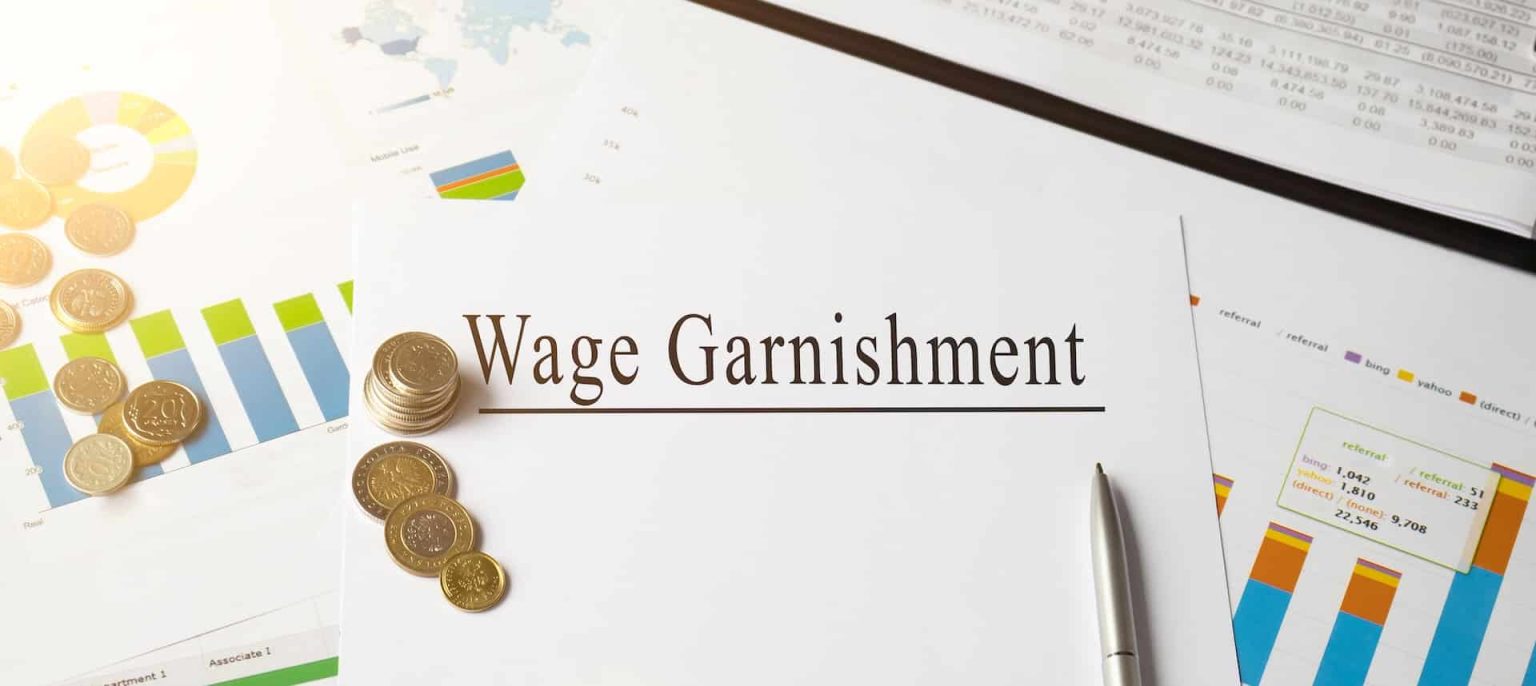Credit Sesame explains what student loan default means in 2025 and what resumed collections could mean for borrowers.
What is happening in May 2025?
Federal student loan payments officially resumed in October 2023, following a pause that began in March 2020. The U.S. Department of Education introduced a one-year on-ramp period, running from October 1, 2023, through September 30, 2024. During this time, missed payments would not be reported to credit bureaus, and borrowers would not be considered delinquent or placed in default. However, this protection ended on October 1, 2024. Since then, missed payments have been reported and borrowers have been at risk of falling into default.
In an April 2025 press release, the Department announced that active collections on defaulted federal loans — including wage garnishment and tax refund seizure — would resume on May 5, 2025. This marks the first time since March 2020 that such collections have been enforced.
What does it mean to be in default?
A federal student loan is considered in default when a borrower has not made a payment for 270 days. This can lead to serious consequences, including damaged credit, wage garnishment, tax refund seizure, and reduced eligibility for additional federal aid. Private student loans may have different default timelines and consequences, but the financial impact can be just as severe.
Borrowers in default often face barriers to accessing credit or qualifying for favorable loan terms. A default status appears on a credit report and can significantly lower a borrower’s credit score, potentially affecting their ability to rent housing, secure employment, or obtain insurance.
Who is most affected?
Although student loan default may be associated with recent graduates, many borrowers in default are older adults. According to Education Data Initiative, the average student loan debt among borrowers aged 35 to 49 is over $43,000, and this group carries one of the highest default rates. Defaulted borrowers are often juggling family expenses, mortgage payments, and other forms of debt.
Many of these borrowers are already under financial strain from inflation, rising interest rates, or job instability. Conditions that have only intensified since repayments resumed. With the protections of the on-ramp period now expired, the risk of involuntary collections steadily increases.
How might collections be enforced?
Defaulted federal loans may now be subject to involuntary collection actions, including:
- Wage garnishment. Up to 15 percent of a borrower’s disposable pay may be withheld.
- Tax refund offset. The federal government can withhold tax refunds to cover defaulted loans.
- Social Security benefit reduction. Up to 15 percent of benefits may be taken to repay federal student debt.
For borrowers who have not taken steps to resolve their default, these actions may resume with little warning.
How can borrowers get out of default?
Avoiding or ending collections is often a top priority for borrowers in default. Depending on the loan and individual circumstances, there may be ways to resolve the default and stop or prevent wage garnishment, tax refund offset, or other consequences. Possible options include:
- Loan rehabilitation. Borrowers may qualify to make nine reduced, on-time monthly payments in a ten-month period. Successful completion removes the default from their credit history, though late payments will remain.
- Loan consolidation. This allows borrowers to combine one or more federal loans into a new loan, immediately removing the loans from default if they agree to an income-driven repayment plan.
- Income-driven repayment (IDR) plans. These may offer lower monthly payments based on income and family size. Enrollment in an IDR plan may help prevent future delinquency or default.
Borrowers should carefully compare these options. Rehabilitation can only be used once, while consolidation may offer faster relief but does not remove the record of default from credit reports.
How might default affect credit scores and access to credit?
When a federal student loan goes into default, the missed payments and any collection activity are typically reported to the major credit bureaus. This can lead to a significant drop in a borrower’s credit score, especially if the default is not resolved quickly. Lower scores can make it more difficult to qualify for new credit, and may result in higher interest rates or less favorable loan terms.
If credit has been affected, monitoring it regularly can help borrowers track any changes, dispute errors, and detect signs of identity theft. Some credit monitoring tools also show how actions like loan rehabilitation or consolidation might influence a credit score over time. Some services may also offer alerts or tools to simulate how actions like rehabilitation or consolidation could affect credit scores.
Where can borrowers find help?
Student loan borrowers in default may benefit from contacting their loan servicer or the U.S. Department of Education to explore available options. Free assistance is also available through:
Borrowers are wise to avoid debt relief companies that charge upfront fees or make unrealistic promises. Legitimate help is available at no cost through federal resources and nonprofit organizations.
What to consider moving forward
Defaulting on a student loan can have long-lasting financial consequences, but taking informed steps may help borrowers regain stability. It may take time to rebuild credit and reduce debt, but resolution options like rehabilitation and consolidation could offer a starting point.
Understanding how default affects credit and financial opportunities is essential for anyone facing collections in 2025. Staying informed, monitoring credit, and seeking trusted guidance may support long-term recovery.
If you found Student loan default in 2025: what you need to know useful, you may like,
Disclaimer: The article and information provided here are for informational purposes only and are not intended as a substitute for professional advice
Read the full article here
